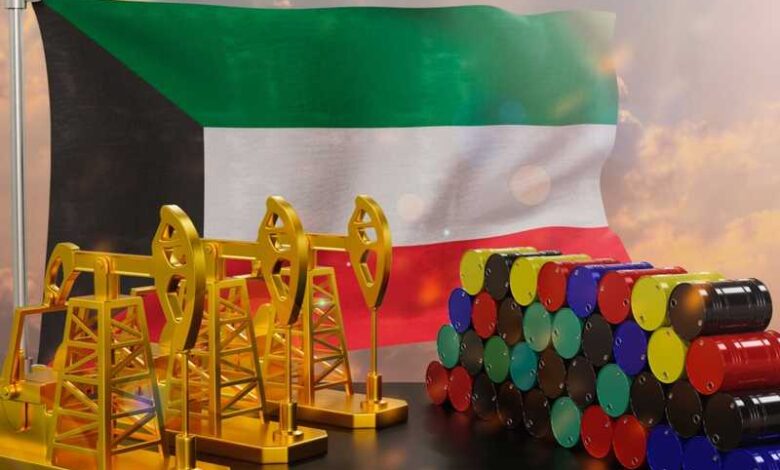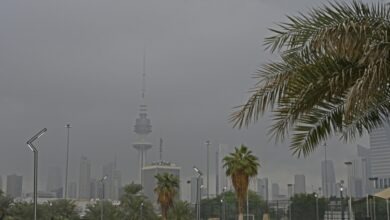
-
Despite the increase in production costs, the volume of Kuwait’s oil production declined from 2.693 million barrels per day in the fiscal year 2022/2023 to 2.650 million barrels per day in the fiscal year 2023/2024.
-
Official sources attributed the decrease in production to Kuwait’s adherence to OPEC’s decisions on voluntary production cuts aimed at maintaining oil price stability in global markets.
The cost of oil production in Kuwait has significantly increased in recent years, despite a decline in production quantities and average prices according to a report published in the Al Qabas newspaper.
Official figures from the Ministry of Finance revealed that by the end of the last fiscal year 2023-2024, the cost of Kuwaiti oil production rose by 9.9% to KD 3.59 billion, compared to KD 3.27 billion in the previous fiscal year 2022-2023, marking an increase of KD 361 million. Consequently, the cost of producing one barrel of oil rose from KD 3.2 ($10.4) to KD 3.7 ($12.06).
Despite the increase in production costs, the volume of production in the final accounts declined from 2.693 million barrels per day in the fiscal year 2022/2023 to 2.650 million barrels per day in the fiscal year 2023/2024.
Official sources attributed the decrease in production to Kuwait’s commitment to OPEC’s decisions regarding voluntary production cuts to maintain oil price stability in global markets.
Estimated cost of oil production
While the Ministry of Finance has called on government agencies to reduce their expenditures to address the financial deficit, figures announced by the ministry for the budget for the new fiscal year 2024/2025 revealed an increase in the estimated cost of oil production to nearly KD four billion. The actual cost of oil production amounted to about KD 3.998 billion, bringing the cost of producing one barrel to KD 4.2 ($13.7).
The numbers show an increase in the cost of oil production from KD 2.69 billion in 2022-2023 to KD 3.99 billion in the budget for the current fiscal year 2024-2025, despite a five percent decrease in production during the same period.
Regarding the increase in the cost of Kuwaiti oil production and the Audit Bureau’s earlier call for necessary measures to reduce the cost of producing a barrel in oil extraction reservoirs, official oil sources stressed that the cost of producing a barrel in Kuwait is among the lowest compared to surrounding countries and international oil companies. Specialized studies confirm this, defining the cost of producing a barrel of oil as the cost related to the operational processes of production.
Cost distribution
Examples include the costs of operating and repairing wells, employee salaries, operating and maintaining production centers, consumption of capital assets, contracts and operational materials, and the growth and expansion of exploration and production activities by entering new fields in terms of types of oil and gas. The aging of facilities requires increased maintenance operations to ensure their safety, and the aging of some reservoirs results in a higher rate of water production from them.
Brent crude futures fell
In addition, the price of a barrel of Kuwaiti oil rose by 86 cents to reach $83.47 per barrel, according to the Kuwait Petroleum Corporation.
Globally, Brent crude futures fell by $1.24, setting the settlement price at $81.13 per barrel, while US West Texas Intermediate (Nymex) crude closed at $77.16 per barrel, down by $1.12.
On Saturday, oil futures fell by about 1.5 percent, ending the week lower due to the decline in Chinese demand and hopes of reaching a ceasefire agreement in Gaza that could ease tensions in the Middle East and the accompanying supply concerns.
The number of oil exploration rigs in the United States increased during the week ending July 26, while the number of natural gas rigs decreased.
Baker Hughes data showed that the number of oil exploration rigs rose by five to 482, marking the first increase since the week ending May 17, while the number of natural gas exploration rigs decreased by two to 101.












